In this section, I will show the specific legal measures for light pollution in a comparative form.
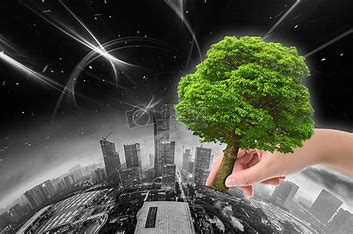
Foreign light pollution legislation experience
On light pollution, many foreign countries and regions have provisions of the law, the author slightly examined for appreciation.
the United States light pollution control regulations
The light pollution prevention and control laws and regulations of the U.S. are formulated in the form of state. 1996, the U.S. state of Michigan formulated the "Outdoor Lighting Act"; in 2003, Utah and Arkansas formulated the "Light Pollution Prevention and Control Act" and the "Nighttime Sky Protection Act"; Indiana formulated the "Outdoor Light Pollution Control Act". These laws and regulations have made relevant provisions for the prevention and control of light pollution.
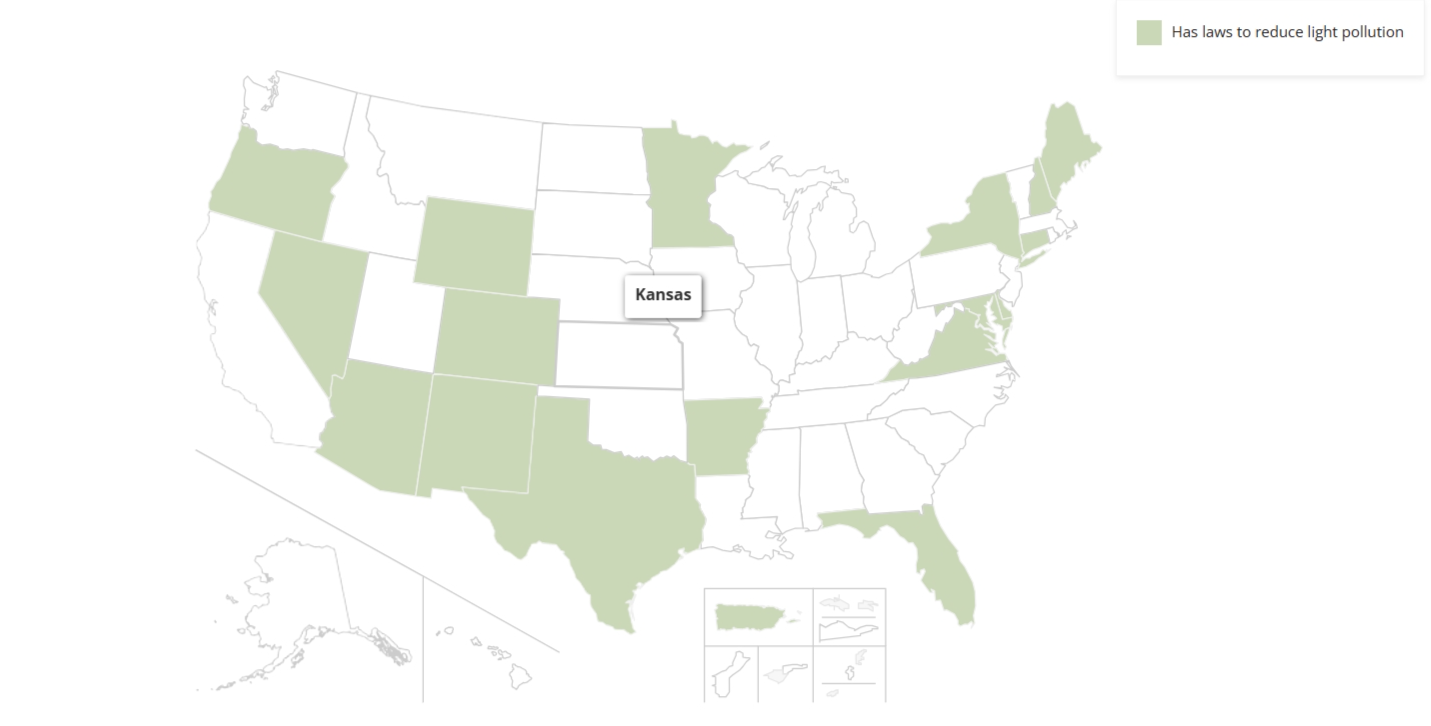
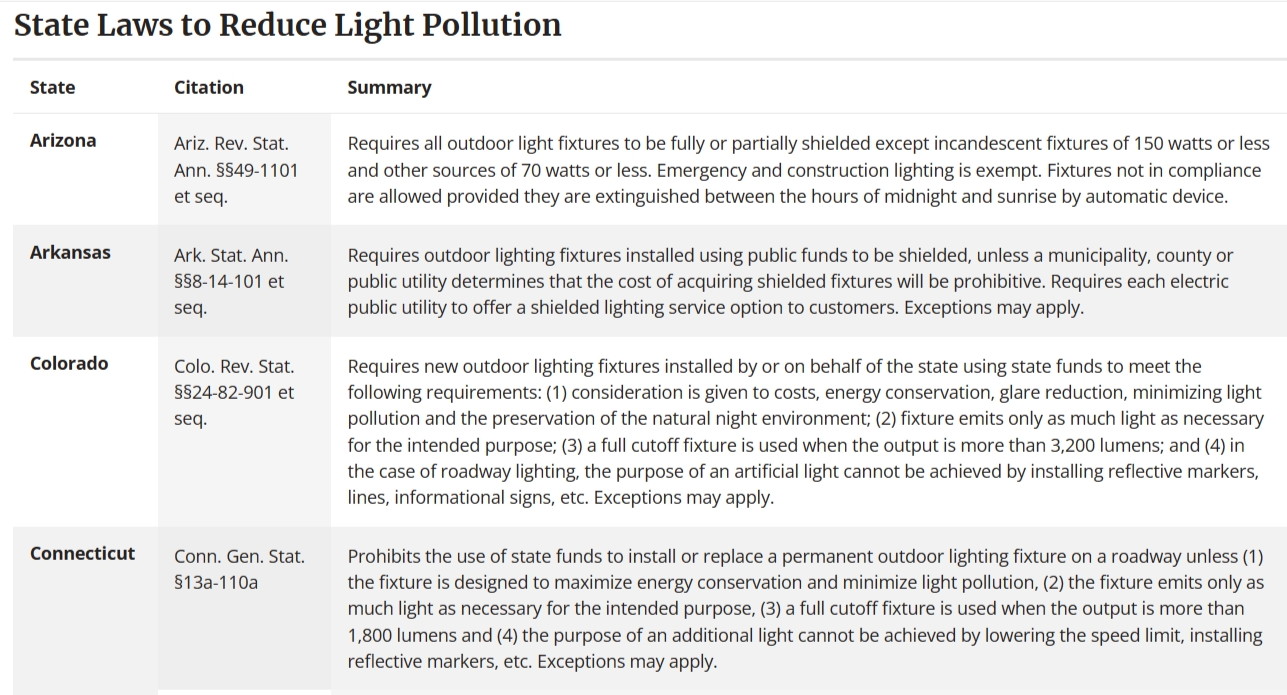
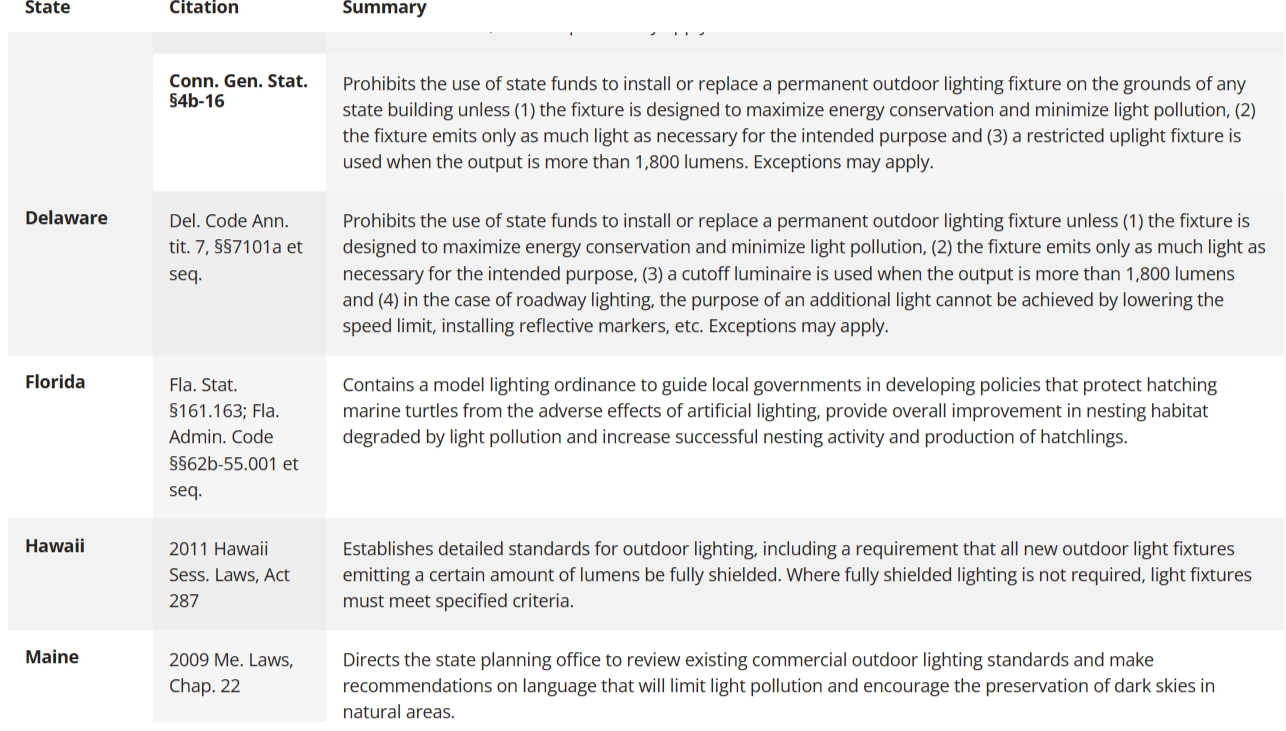
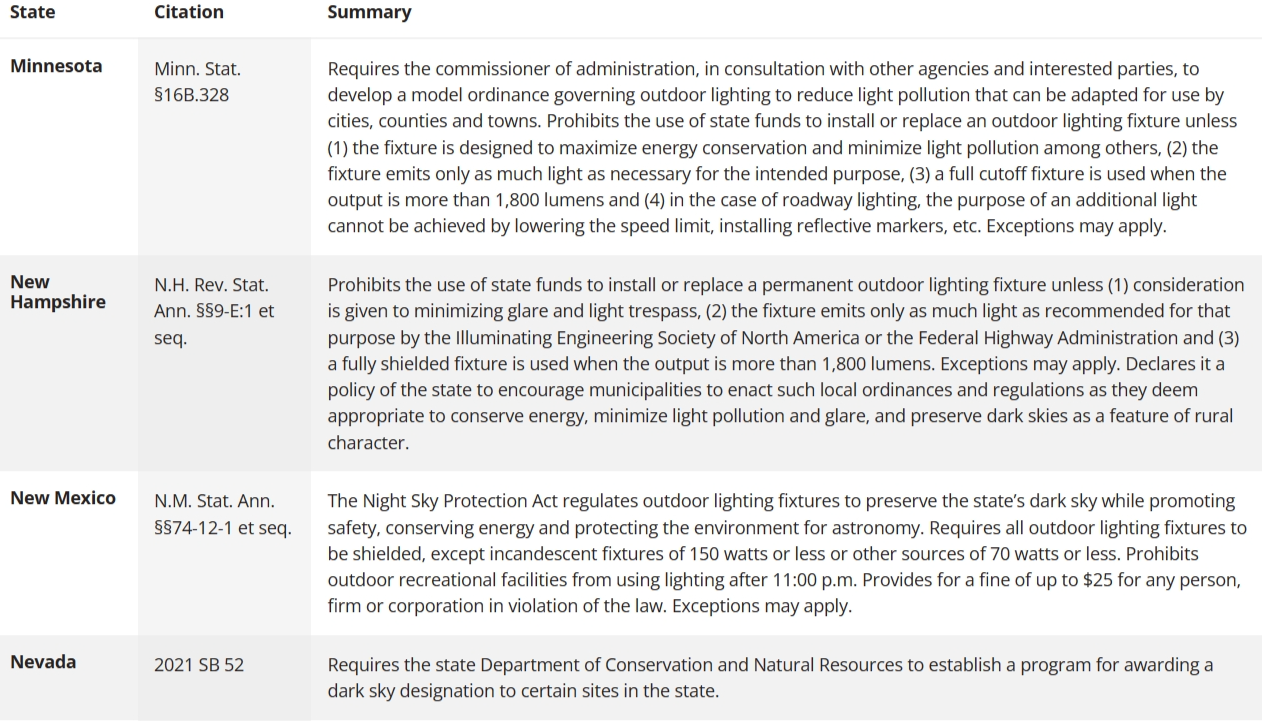

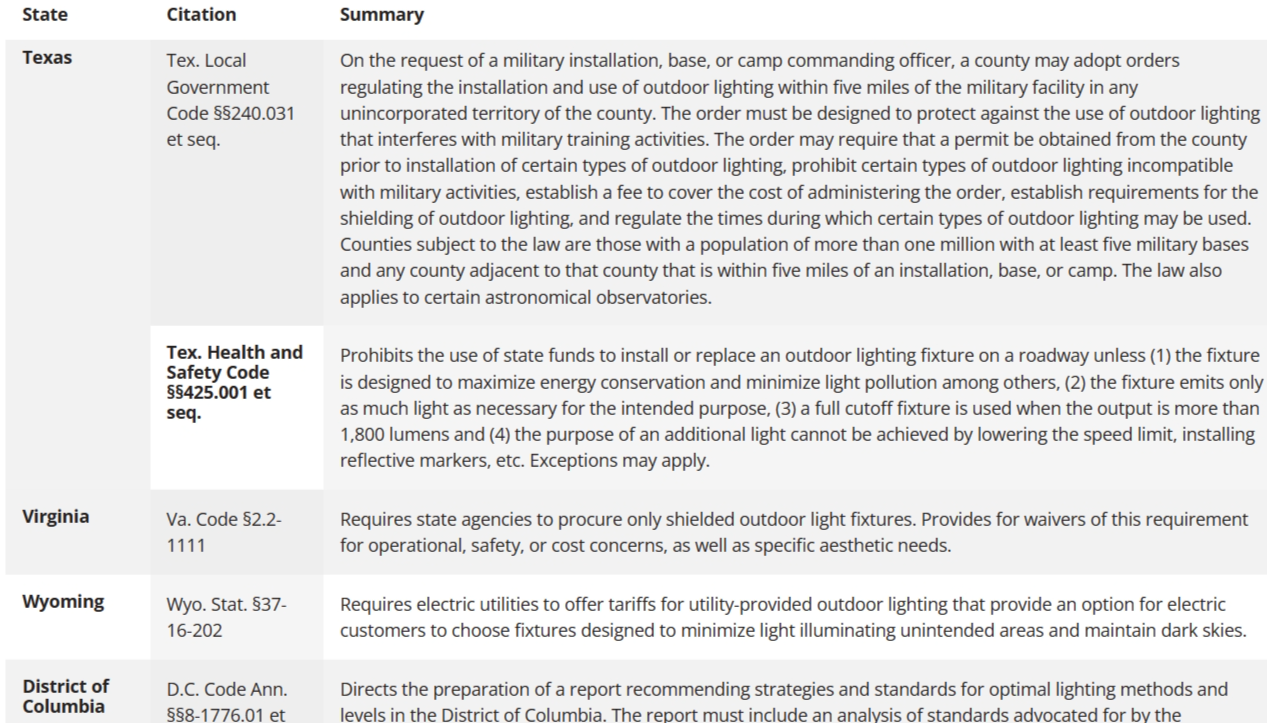

French Civil Code
French Civil Code will be the social life of the neighboring nuisance, such as smoke, sound, vibration, sound, light, electricity, heat, radiation, dust and other unquantifiable invasions into the neighboring land caused by the disturbance of nuisance, neighboring sunlight, ventilation, airwave obstruction (airwave interference), as well as due to excavation, drainage, such as the infringement of the neighboring into the "near neighboring nuisance system", and confirmed by jurisprudence. And the jurisprudence to confirm the infringement of light as a neighboring nuisance infringement. Typical cases are: Pairs 24 mars 1936, Graz. pal. 1936.1.757: Y Motor Vehicle Co. installed a neon advertising sign (6 characters in total, the sign itself is perpendicular to the ground, and the neon light emitted by the neon sign is orange in color, which makes it stand out) on the border of its neighboring land. As a result, X1 and others living in the neighboring area are required to close their curtains and other shades as soon as the neon sign is turned on. At the same time, the presence of such a strong light next to the windows caused problems in working and living next to the windows (especially the residents on the third and fourth floors suffered more damage). For this reason, X1 and others filed a lawsuit (the subject matter of their claim is unknown). The Court upheld the original judgment, stating that neon advertising activities, even if they are in conflict with the administrative rules of the State concerning public roads, must not cause significant harm to the smooth life of the occupants of the neighboring real estate and their usual daily business activities. Y was therefore ordered to remove its neon sign (within one month of the judgment) and to pay damages (25,000 francs). From the French legislation and jurisprudence, the infringement of light is also recognized as a type of proximity nuisance infringement, which belongs to the category of neighboring relations.
German Civil Code
Germany for light pollution does not make explicit provisions, but its civil code provides for the inviolability of the system, this system actually contains the light pollution of this type of infringement. The bill gives the judge discretion to determine the specific types of "interference-like trespass" in judicial practice by way of jurisprudence, including the "intentional intrusion of light". Article 906 of the Civil Code provides for trespass by non-measurable substances: (1) The owner of land may not prohibit the trespass of gas, steam, odors, fumes, soot, heat, noise, vibrations, and similar interferences coming from the land of another person to the extent that the interference does not infringe, or only non-substantially infringes, on the use of his land. Interferences determined and valued in accordance with law or administrative regulation not to exceed the limits or standards set forth in such regulations are generally considered to be non-significant encroachments. The same applies to the values of general administrative provisions issued under Article 48 of the Federal Public Health Law and reflecting the level of technological development. (2) The same applies to the extent that the significant infringement arises from the use of another person's land in accordance with locally prevailing methods of use and cannot be prevented by measures that can be economically demanded of the person making such use. The owner, who should accordingly tolerate the interference, may claim appropriate pecuniary compensation from the user of another person's land if the interference infringes upon the use of his land in accordance with locally prevailing methods of use or upon his profit to a greater extent than can be claimed. Thus, the German Civil Code refers to the seven kinds of inviolability of gas, steam, odor, smoke, soot, heat, noise, vibration and similar interference from the land of others. As for "trespass by similar interference", according to its jurisprudence, it broadly includes trespass caused by the following substances: dust, sand, quarry powder, ash, sparks, moisture, fungi, snow, cannonballs, electric current, fallen leaves and "intentional trespass by light". In addition, certain animals such as bees, turtles, and rats, which are small in size and whose intrusion is difficult to prevent, are also included.
Swedish Environmental Protection Act
The Swedish Environmental Protection Act (No. 387 of 1969, amended in 1995) lists in detail numerous situations that cause environmental pollution, including light pollution. Article 1 of the Act provides that: This Act applies to: 3, (1, 2 paragraphs omitted herein) in a way that may cause air pollution, noise, vibration, light pollution or other similar ways to interfere with the surrounding environment on the use of land, buildings or facilities, but except for temporary interference. It can be seen, Sweden, light pollution such as environmental pollution caused by the situation in the legislation has been clearly stipulated, which is relatively rare in national legislation.
Czech Law on the Protection of the Night Environment
The Czech Law on the Protection of the Environment at Night is the world's first law on the prevention and control of light pollution. It defines light pollution as irradiation from various man-made light sources scattered outside a designated area, especially above the horizon, and it also stipulates that citizens and organizations are obliged to take measures to prevent light pollution.
In short, for the light pollution of this type of infringement, although most foreign countries did not explicitly stipulated in the legislation (of course, Sweden made explicit provisions), but from the judicial precedents of various countries, for the light pollution of this form of infringement are made to confirm, some believe that it is a kind of infringement of the neighboring relationship (such as France), and some believe that it is a kind of environmental pollution (such as Sweden). In fact, although Germany, France and other countries do not "light trespass" as a form of environmental pollution, but in the final analysis, "light with the intention of trespassing" (i.e., due to man-made factors unnatural intrusion into the other side), in fact, it is the infringement of the right of others to enjoy the comfort of the environment, because the atmosphere, the environment, the environment, the environment and the environment. Because the natural environment, such as the atmosphere, water, sunlight, and ventilation, is the common property of mankind, everyone enjoys the so-called environmental right to enjoy a comfortable life in a good natural environment. If the light (including daylight and all kinds of light rays) intrudes into the other party because of man-made factors (such as the reflection of new buildings and the addition of new luminous facilities, etc.), it actually interferes with the living environment of the other party's work, study, and life, and affects other people's normal life and work, and may cause damage to the other party's property or even to human beings, and this kind of damage actually occurs through the alteration of the environmental factors, so as to make the environment of the other party to undergo Certain changes occurred, therefore, it should be regarded as a kind of environmental pollution infringement.
Theoretically, the infringement caused by light pollution is called "light nuisance". At present, the judicial practice of light pollution cases mainly include: stop infringement disputes, remove obstruction disputes, compensation for loss disputes. China's existing civil laws and regulations have been dealing with light pollution cases directly or indirectly based on laws and regulations.
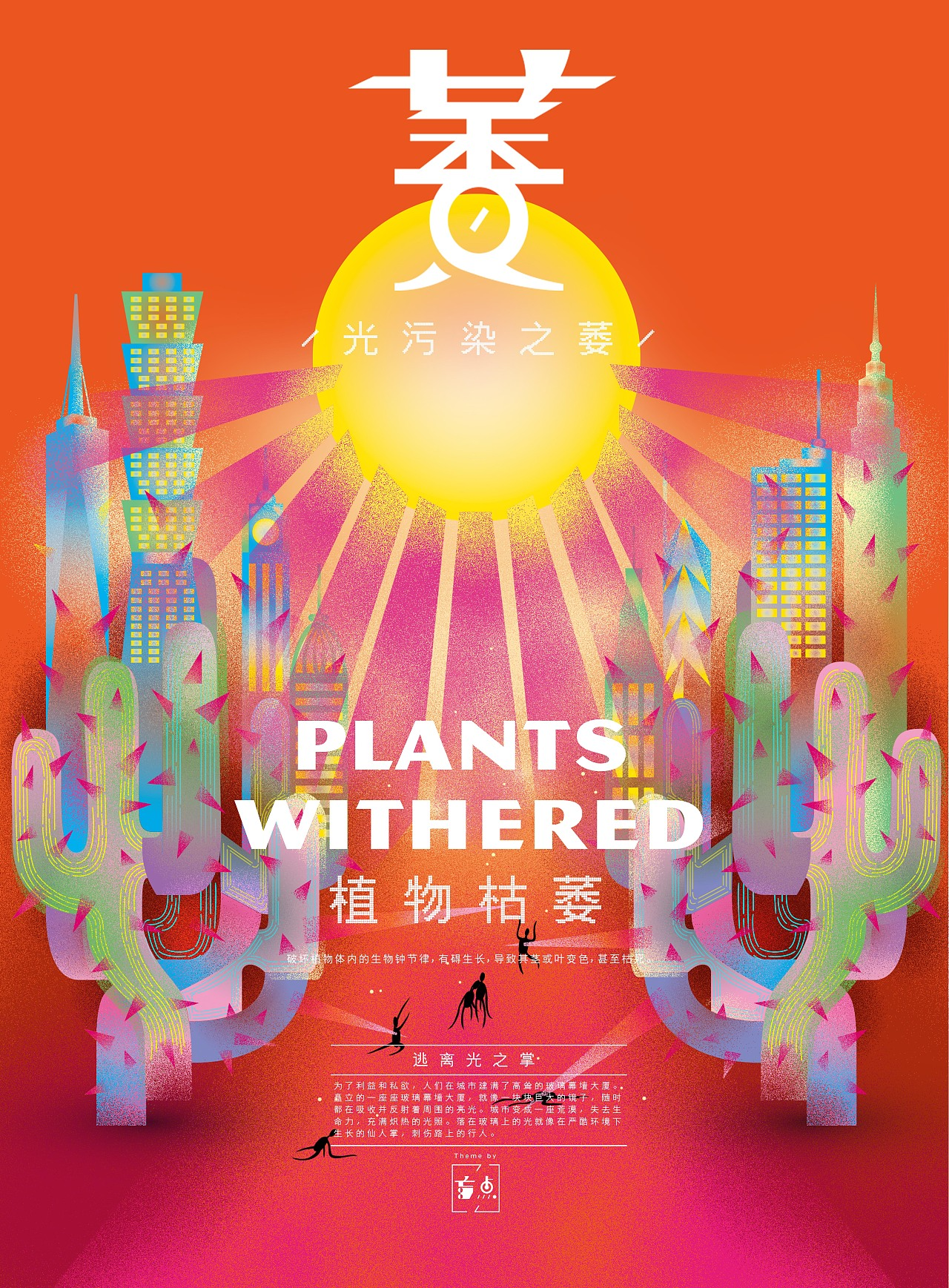
China's current national universal legal provisions on light pollution
1、Article 26 of the Constitution: The state protects and improves the living environment and ecological environment, and prevents pollution and other public hazards.
2. Article 83 of the General Principles of Civil Law: Neighbors of real estate shall, in accordance with the spirit of favorable production, convenient life, solidarity and mutual assistance, fairness and reasonableness, correctly deal with the interception of water, drainage, access, ventilation, lighting and other aspects of the neighboring relationship. If any obstruction or loss is caused to the neighboring parties, they shall stop the infringement, remove the obstruction and compensate for the loss. Article 124: Anyone who violates the regulations of the state on protecting the environment and preventing pollution and causes damage to others by polluting the environment shall bear civil liability in accordance with the law.
3. Article 89 of the Property Law: The construction of a building shall not violate the relevant state engineering and construction standards by obstructing the ventilation, lighting and sunshine of neighboring buildings. Article 90: The owner of real estate rights shall not dispose of solid waste, discharge air pollutants, water pollutants, noise, light, electromagnetic wave radiation and other harmful substances in violation of state regulations.
Article 2 of the Environmental Protection Law: The environment referred to in this Law means the totality of natural factors, both natural and artificially transformed, that affect the survival and development of human society, including the atmosphere, water, sea, land, mineral deposits, forests, grasslands, wild animals, natural monuments, humanistic relics, nature reserves, scenic spots, cities and villages, and so on. Article 24: Units that generate environmental pollution and other public hazards must incorporate environmental protection into their plans and establish a system of responsibility for environmental protection; and take effective measures to prevent and control pollution and hazards to the environment caused by waste gases, waste water, waste residue, dust, foul-smelling gases, radioactive substances, as well as noise, vibration, and electromagnetic wave radiation generated in the course of production and construction or other activities. Article 41: Anyone who causes environmental pollution and hazards has the responsibility to remove the hazards and compensate the units or individuals who have been directly harmed. Disputes over the liability for compensation and the amount of compensation may, at the request of the parties concerned, be dealt with by the competent administrative department for environmental protection or other departments exercising the power of environmental supervision and management in accordance with the provisions of the law, and the parties concerned, if they are not satisfied with the decision to deal with the matter, may sue in the people's court. The parties concerned may also sue the people's court directly.
5, "Tort Liability Law" Article 65: pollution of the environment caused damage, the polluter shall bear the tort liability.
In short, the "light pollution" this form of infringement, China's current legislation, although there is no explicit provisions, but according to the spirit of the legislation, purpose and doctrine of the interpretation of light pollution infringement of damage to the type of infringement has been included in the relevant legislation, for light pollution infringement, according to the general principles of civil law, the neighboring relationship of the provisions of the request for prohibition and request compensation. Request for compensation, but also as a kind of environmental pollution according to the relevant environmental protection regulations to be prohibited and request for compensation.
(II) China's light pollution provisions of local laws and regulations
In 1997, the People's Government of Shandong Province promulgated the "Regulations on Environmental Protection of Shandong Province", which stipulates in Article 10: "The people's government of a city shall, in accordance with the quantitative assessment index of the national comprehensive environmental remediation, formulate objectives and measures for comprehensive environmental remediation in the region, and strengthen the prevention and control of wastewater, exhaust gas, dust, solid waste, noise and light pollution". .
2. In 1998, the Shanghai Municipal Party Committee promulgated the "Notice on the Relevant Provisions on the Use of Curtain Wall Glass in Construction Projects", which stipulates that "construction projects within the Inner Ring Road, except for the podium of the building, prohibit the design and use of curtain wall glass; construction projects within the Inner and Outer Ring Roads, the curtain wall glass shall not exceed 40% of the building area of the external wall surface". .
3、In 1999, Tianjin promulgated the "City Nightscape Lighting Technical Specification", which is the first technical specification on nightscape lighting in China.
4, in 2004, Shanghai developed China's first local standards to limit light pollution, "urban environment (decorative) lighting specifications", September 1, 2004 onwards, officially implemented, known as Shanghai and even the country's first local standards to limit light pollution, caused by the Jiaxing Environmental Protection Bureau Web site to learn from the publication of the specification will be "residential area lighting "In the first place, it is clearly stipulated that the light can not be shot into the residential area, all the lamps and lanterns facing the housing must take measures, such as reducing the output light flux, so as to avoid its spillover light, stray light into the windows of the neighboring residential area. The light intensity on residential window faces must not exceed 25 lux before 10 p.m. and 4 lux after 2300 hours. The main part of the building is inadequately lit by floodlighting of the building façade; the installation of bright lights in the main location is prohibited. The code also promotes the use of energy-saving lamps. Importantly, for the first time to the light pollution interpretation: "Appendix A (normative appendix) urban environment (decorative) lighting specifications of the terms and definitions * the following terms and definitions apply only to this standard. A.1 light pollution (LIGHT POLLUTION): This is caused by the spillover of light / stray light from the adverse effects of the adverse lighting environment, narrowly speaking, that is, for the obstruction of the light of the negative effects. A.2 spill light / stray light (SPILL LIGHT / SPRAY LIGHT): lighting device issued by the light falling on the target area or outside the boundary of the part. A.3 obstruction light (OBTRUSIVE LIGHT): spill light / stray light in a quantity or direction sufficient to cause people to be irritable, uncomfortable, inattentive or reduce the perception of some important information (such as traffic signals). Such as traffic signals) perception ability, and even for animals and plants will also have an adverse effect, that is called obstructive light".
In 2008, the 15th Meeting of the Standing Committee of the Seventh People's Congress of Zhuhai adopted, and in the same year, the 7th Meeting of the Standing Committee of the 11th People's Congress of Guangdong Province approved the promulgation of the Zhuhai Municipal Environmental Protection Regulations (2008), which stipulates in Article 32 that: "The generation of waste gases, waste water, waste residues, dust, malodorous gases, radioactive substances and vibration, electromagnetic wave radiation, light pollution, etc., shall be prohibited in any place where they are generated. , electromagnetic wave radiation, light pollution and other polluting and hazardous to the environment, enterprises, institutions and individual industrial and commercial households must establish a system of responsibility for environmental protection and take effective measures to prevent and control environmental pollution".
6. In 2010, Beijing's first Specification for Limitation of Interference Light from Outdoor Lighting was formally implemented on December 1, stipulating that non-commercial areas and non-cultural and entertainment areas should not be set up with frequently changing modes of lighting, and should limit the interference light generated by the lighting in the areas of commercial districts, entertainment districts, sports stadiums and other venues on the environment outside of such districts.
7, December 23, 2000, Jiangxi Province, the enactment of the "Jiangxi Provincial Regulations on Prevention and Control of Environmental Pollution," Article 46 provides that: prohibited in populated areas to engage in the operation of light pollution generated by open-air welding.
8, December 13, 2012, Xiamen Municipal Government held its 15th executive meeting to study the adoption of the "Xiamen City building facade decoration management regulations," Article 14 provides: "the surrounding environment will produce light pollution of the glass curtain wall or metal curtain wall, should be used for low radiation and other coated or nonpolished metal panels, shall not be used for mirrored glass or metal panels and other materials ".
An elderly man taking a walk once turned his head towards the dimly lit Rome and said, "A city that has a history of light does not need to be brightened by light." This sentence can be used as a cautionary tale for those who over-pursued the "brightening" of the city's decision-makers. At present, there are places where the phenomenon of light pollution occurs occasionally, there are places where the degree of harm of light pollution has gradually aggravated the trend of light pollution prevention and control work has become our country in the field of justice a brand new topic, our country as soon as possible to improve the prevention and control of light pollution laws and regulations in order to adapt to the modern rule of law to meet the needs of the development of the cause of the majority of legislators in accordance with the current state of light pollution in our country and the need to keep pace with the times of the legislation and revision of laws, the majority of the judiciary The majority of judicial workers should be based on light pollution and existing laws and regulations to the people of justice in a fair and scientific way, in order to safeguard the legitimate rights and interests of the parties involved in the maintenance and improvement of the living environment and ecological environment of the whole of mankind.
An elderly man taking a walk once turned his head towards the dimly lit Rome and said, "A city that has a history of light does not need to be brightened by light." This sentence can be used as a cautionary tale for those who over-pursued the "brightening" of the city's decision-makers. At present, there are places where the phenomenon of light pollution occurs occasionally, there are places where the degree of harm of light pollution has gradually aggravated the trend of light pollution prevention and control work has become our country in the field of justice a brand new topic, our country as soon as possible to improve the prevention and control of light pollution laws and regulations in order to adapt to the modern rule of law to meet the needs of the development of the cause of the majority of legislators in accordance with the current state of light pollution in our country and the need to keep pace with the times of the legislation and revision of laws, the majority of the judiciary The majority of judicial workers should be based on light pollution and existing laws and regulations to the people of justice in a fair and scientific way, in order to safeguard the legitimate rights and interests of the parties involved in the maintenance and improvement of the living environment and ecological environment of the whole of mankind.
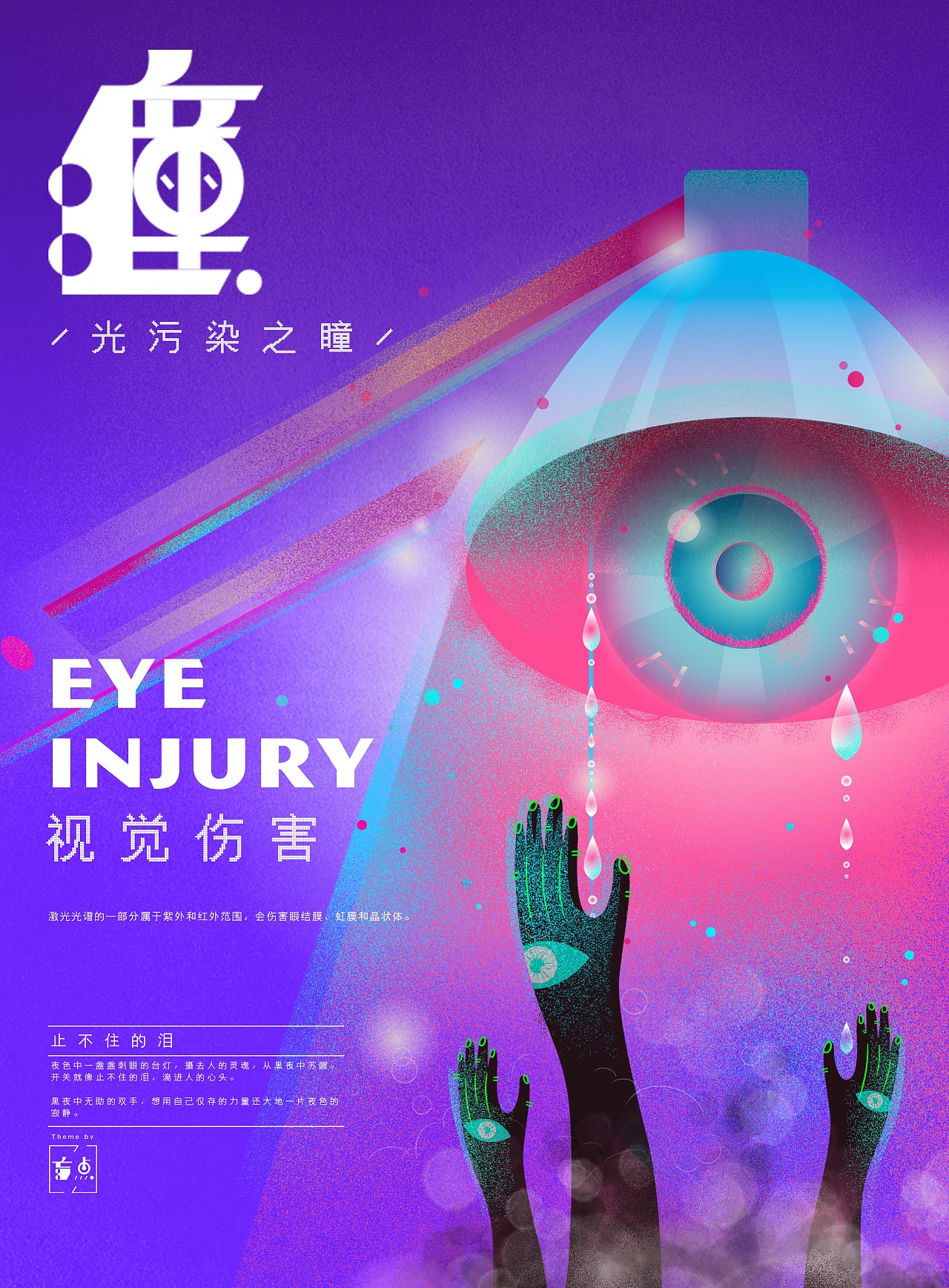
In short, many of China's local laws and regulations on light pollution this type of environmental pollution has made clear provisions, which in fact is based on the Constitution and the relevant civil law, environmental law and other laws of the legislative intent and purpose of the actual situation and the development of society in the premise that does not contravene the law, the relevant laws in a timely manner to make the complementary local rules and regulations. It can be said that these local regulations are in line with the needs of social development, reflect the direction of legislation on environmental law, and are of positive significance in judicial practice.
An elderly man taking a walk once turned his head towards the dimly lit Rome and said, "A city that has a history of light does not need to be brightened by light." This sentence can be used as a cautionary tale for those who over-pursued the "brightening" of the city's decision-makers. At present, there are places where the phenomenon of light pollution occurs occasionally, there are places where the degree of harm of light pollution has gradually aggravated the trend of light pollution prevention and control work has become our country in the field of justice a brand new topic, our country as soon as possible to improve the prevention and control of light pollution laws and regulations in order to adapt to the modern rule of law to meet the needs of the development of the cause of the majority of legislators in accordance with the current state of light pollution in our country and the need to keep pace with the times of the legislation and revision of laws, the majority of the judiciary The majority of judicial workers should be based on light pollution and existing laws and regulations to the people of justice in a fair and scientific way, in order to safeguard the legitimate rights and interests of the parties involved in the maintenance and improvement of the living environment and ecological environment of the whole of mankind.
Finally I found a video on light pollution measures to wrap things up.
https://tv.sohu.com/v/dXMvMzM1OTQxMTk1LzE4MDIyNTM3OS5zaHRtbA==.html
- Eco-Environmental Environmental Protection pollution specificeco-environmental environmental protection pollution eco-environmental eco-environmental transferability environmental pollution specific measure tackle environmental environmental protect how can environmental agreements provisions emissions protection x-xss-protection measure-the protection measure system